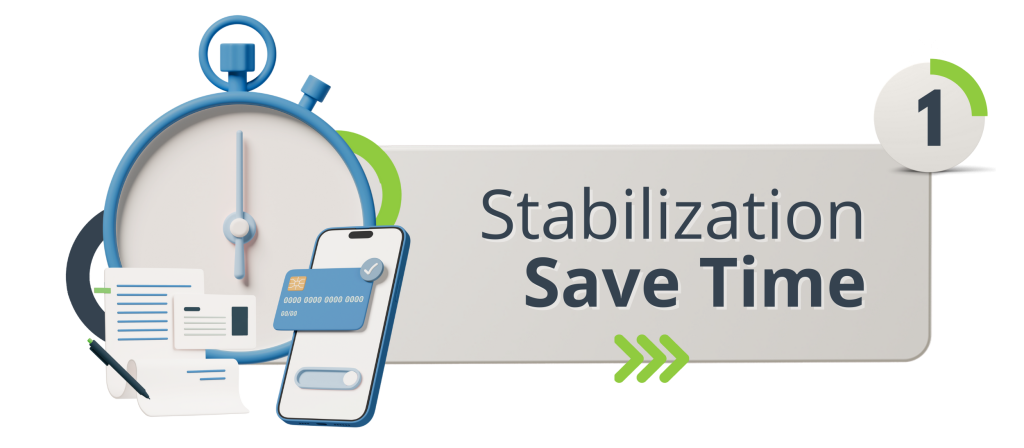We provide expert advice, personalized services and innovative tax solutions for your business.
Whether it’s a quick consultation or a longer-term project, we can assist you with:
- Identifying your tax strategy and alternative investment strategies
- Tax filing and compliance (including international and multi-state filing)
- Implementing stock options and equity compensation plans
- IRS audit management and representation
- Mergers & acquisitions and reorganization tax planning
- Shareholder and partner expansion


















